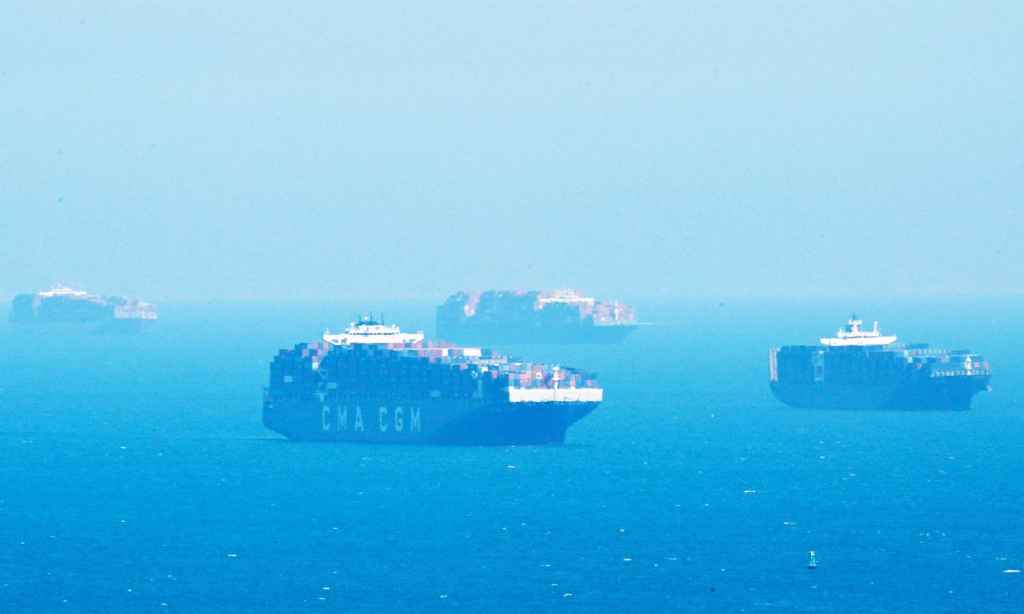Up until recently, you could be forgiven for associating shipping containers more with tiny homes than a lifeline to essential items. But, as the world plunges deeper into global supply chain chaos, shipping containers have become less an off-grid living ideal and more the hottest commodity of all time as a crisis set to negatively impact Australians for months to come sets in.
According to the Australian Competition and Consumer Commission chair Rod Simms, the world’s shipping system “normally run lean and just in time”, but dramatic surges in global demand and multiple operational issues have leave to a “cascading effect around the globe” that now spells long-term disaster.
While you may not realise it, the vast majority of household and business items are brought into Australia via shipping containers (some experts estimate as much as 90% of goods enter our shores this way). Think sofas, electronic devices, clothing, bedding, even the crockery and cutlery we use to eat — it’s almost all exclusively delivered via the humble shipping container.
In the early weeks of the pandemic, with global economy and employment uncertainty hanging in the air, many people tightened their spending and put a temporary halt on major purchases. This reduction in demand saw many container ships either skip certain ports on their usual routes or skip entire voyages altogether in a bid to save money.
But as lockdowns dragged and the need for permanent home office solutions, child entertainment, exercise equipment, and everything else we needed to get through lockdowns set in and consumer demand flew through the roof, many shipping containers had not been returned to their home ports and, as such, the system began to domino out of control.
Initially, it seemed that the worst of the crisis would simply see a week added onto an online order. But as time rolls on, bigger cracks continue to form as material delays pushing back production of goods, COVID outbreaks shutting down ports and packed containers sitting at ports for weeks before setting sail.
“Pre-pandemic, the sector would have likely been able to manage such a surge in containerised demand, but the simultaneous destabilisation of almost every part of the supply chain has left them without any spare capacity and struggling to cope,” Mr Sims said.
Additionally, Australia is also facing local issues that are set to make an already bad headache worse. These include ongoing disputes with the Maritime Union of Australia, an increase in port waiting times for ships to unload cargo, and ongoing strike actions from on-ground courier and delivery workers.
The other looming danger that many expect to last well into 2022 is the inevitable price hikes the crisis will lead to. As is the way when demand drastically outstrips supply, prices for shipping containers have skyrocketed. Pre COVID-19, hiring a shipping container to transport goods cost around $2500-$3000. By September 2021, containers were going for as much as $34,000, meaning the inflation will either be felt by the company, consumers, or a mix of both.
“The margins of Australian importers and exporters are being squeezed, as they are all around the world, and the current situation is very challenging for businesses that rely on container freight,” Mr Sims said.
The common consensus from experts is now that Australians should prepare to face a hit to the pocket in the coming weeks and months.
The takeaway from this disastrous domino experience, however, is clear. Australians need to be doing their Christmas shopping this year — particularly if it involves online purchases — much sooner, and get ready for an almighty price rise on some of your most-loved groceries and coveted items to hit in the new year.
Read more stories from The Latch and subscribe to our email newsletter.







